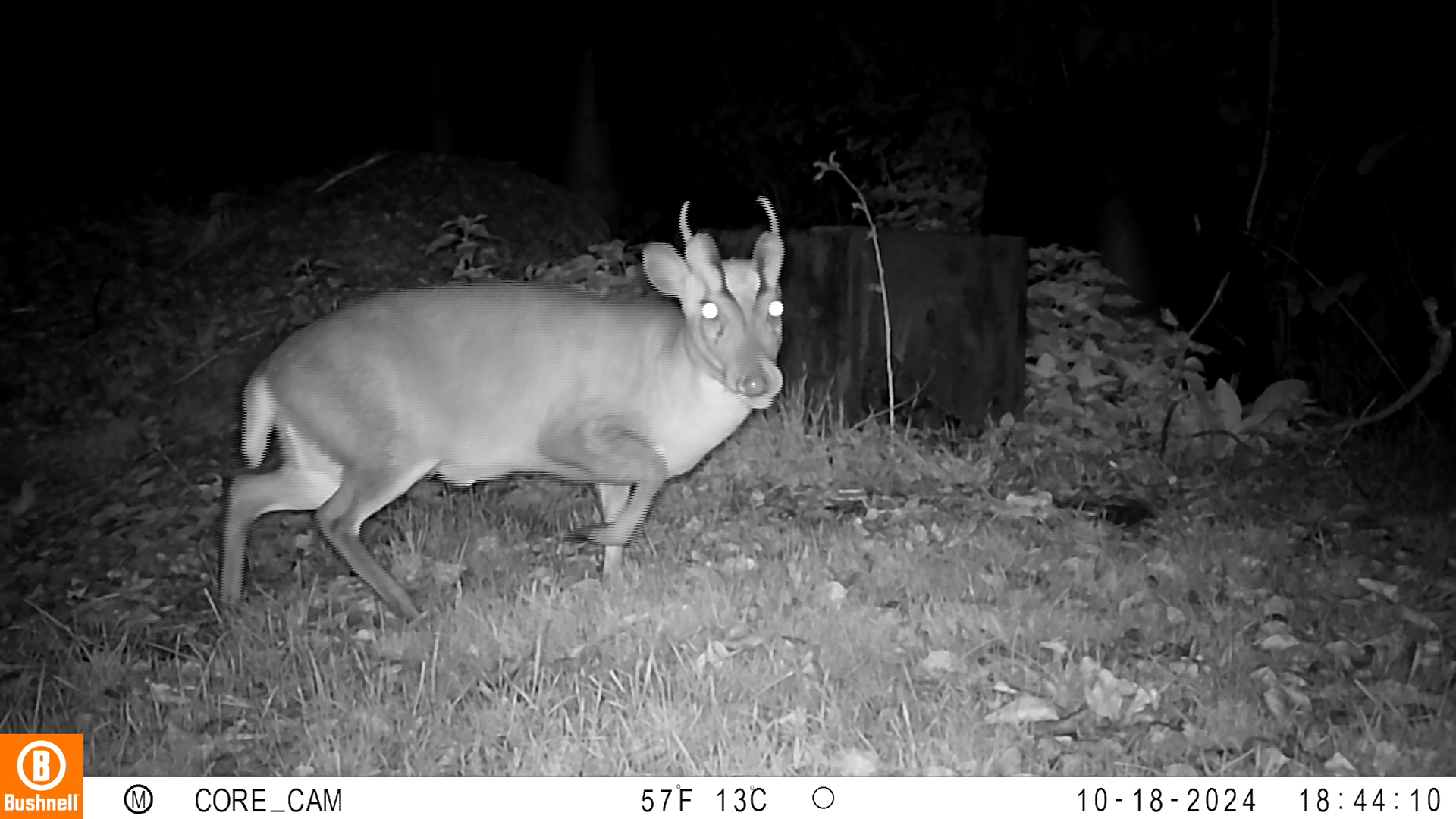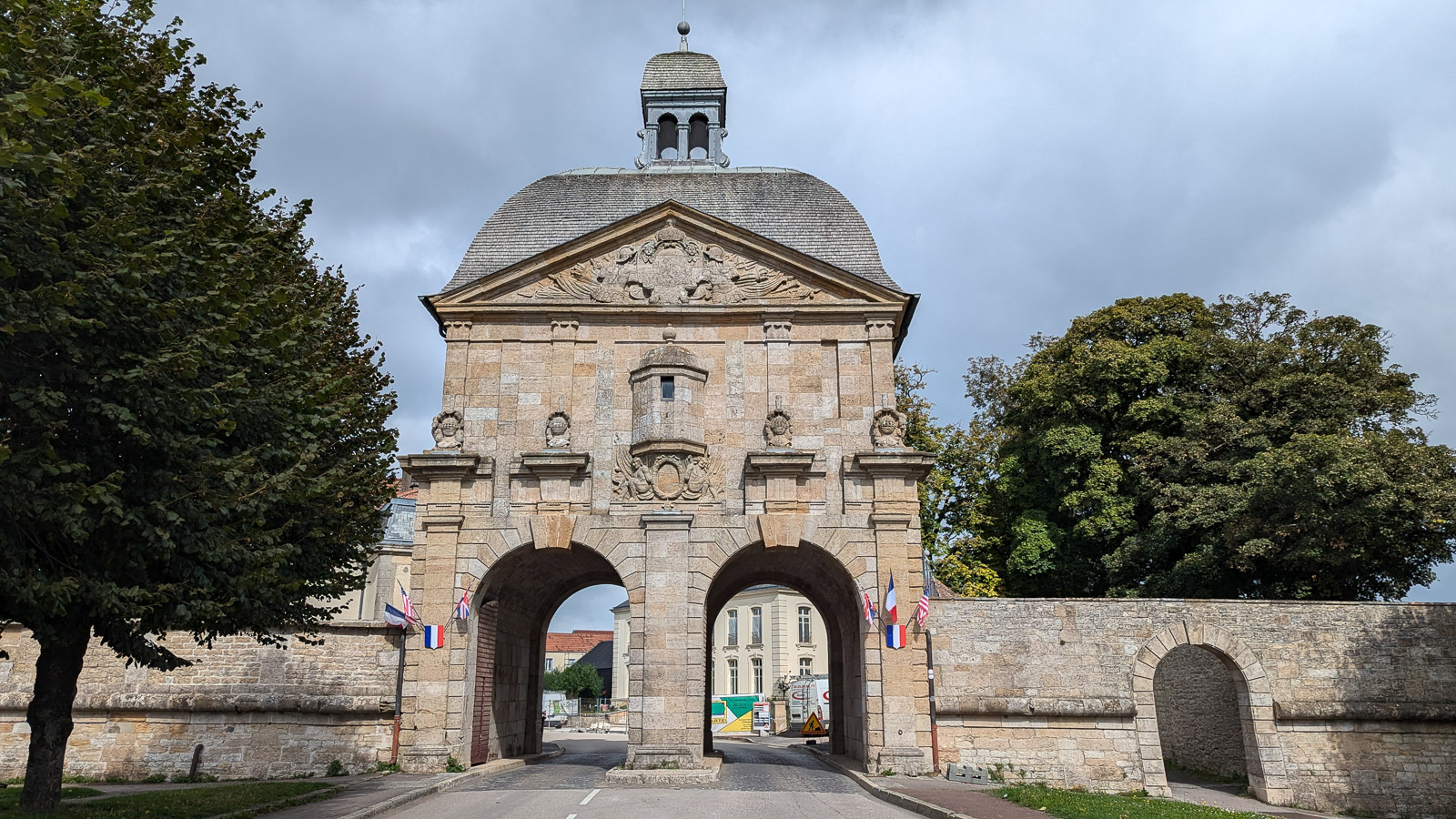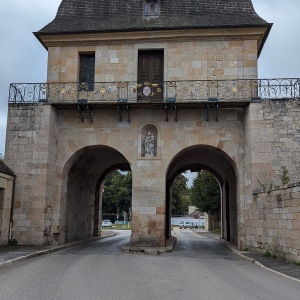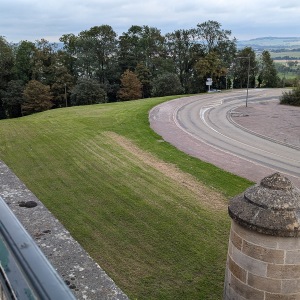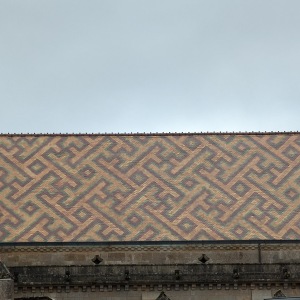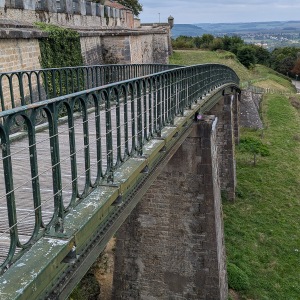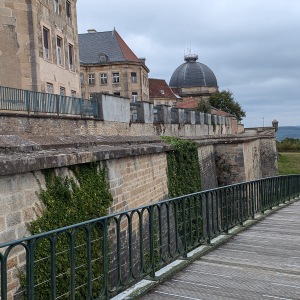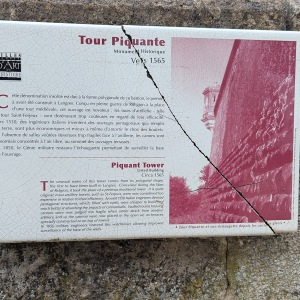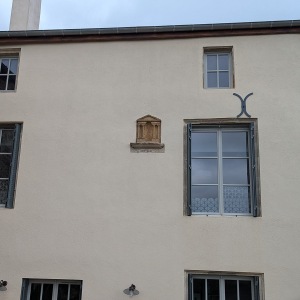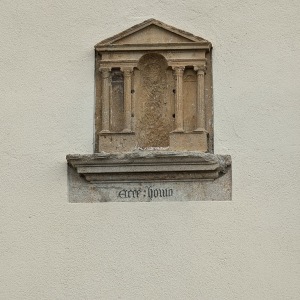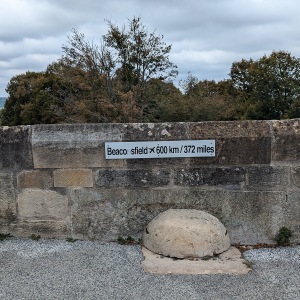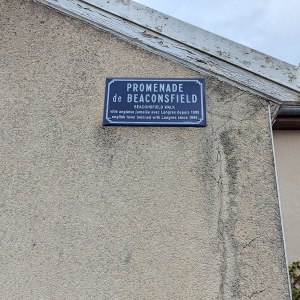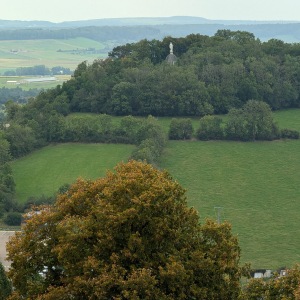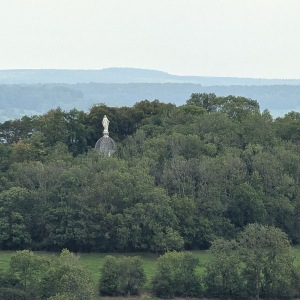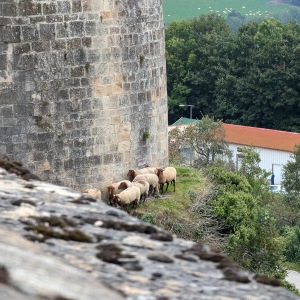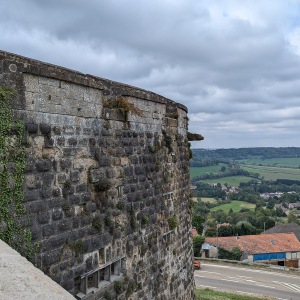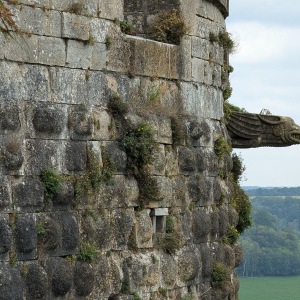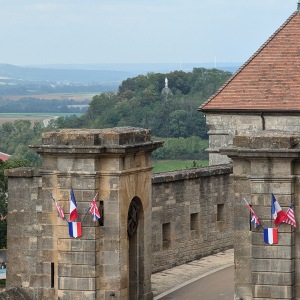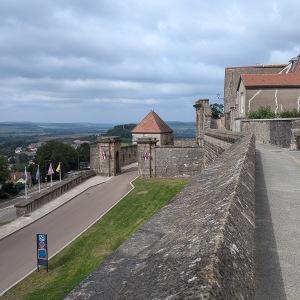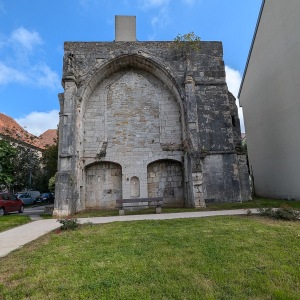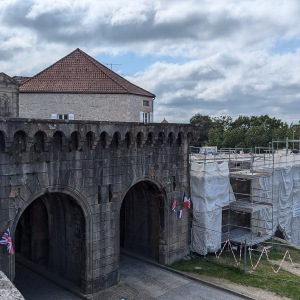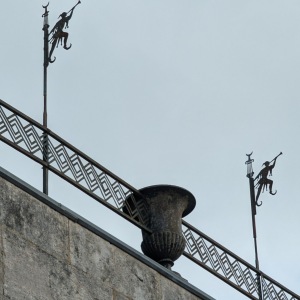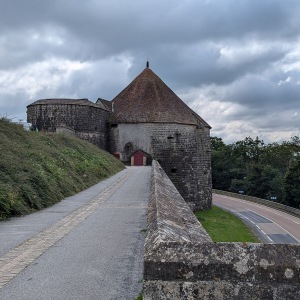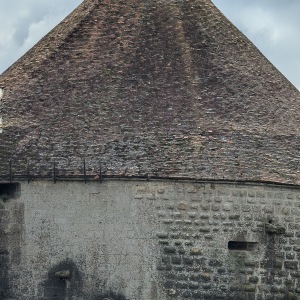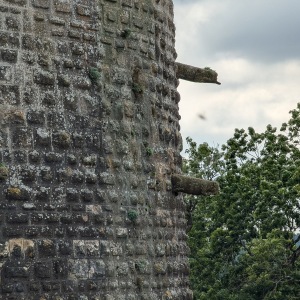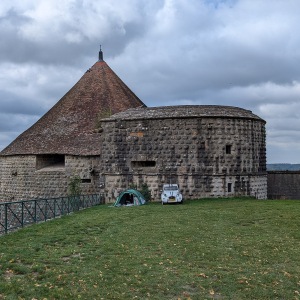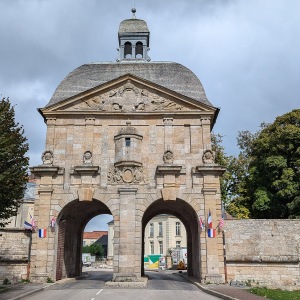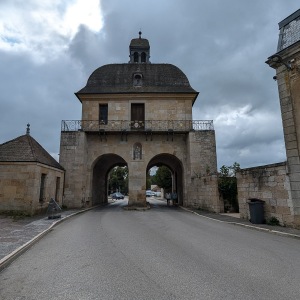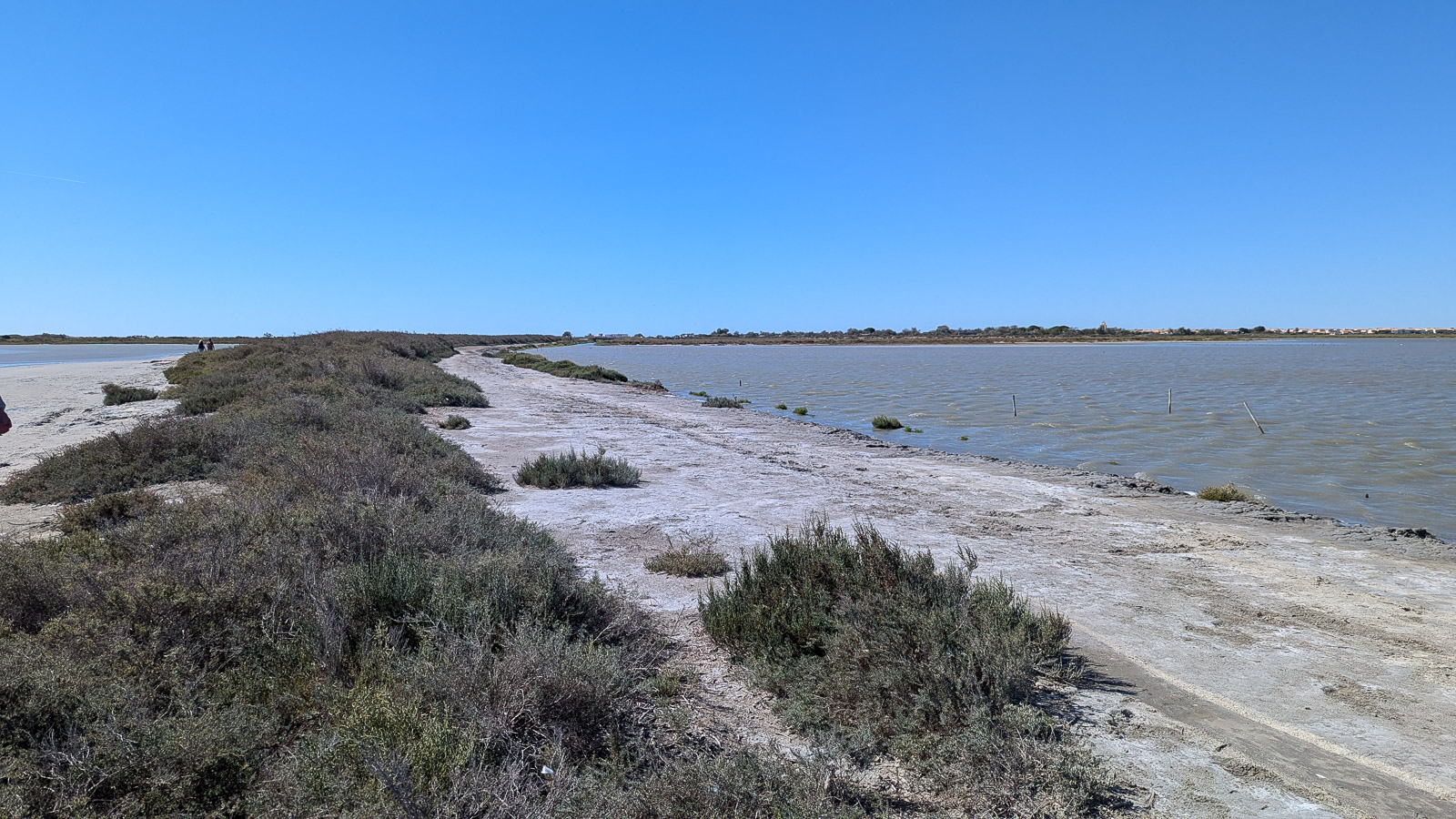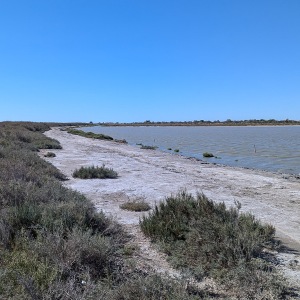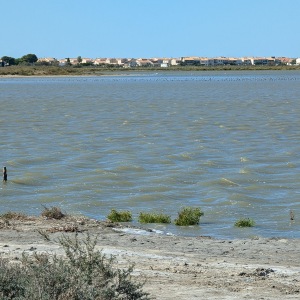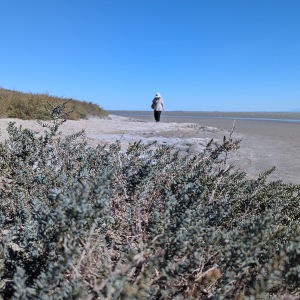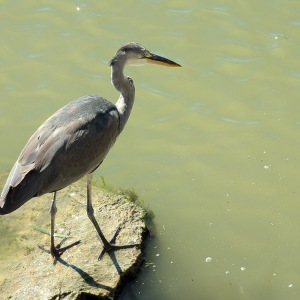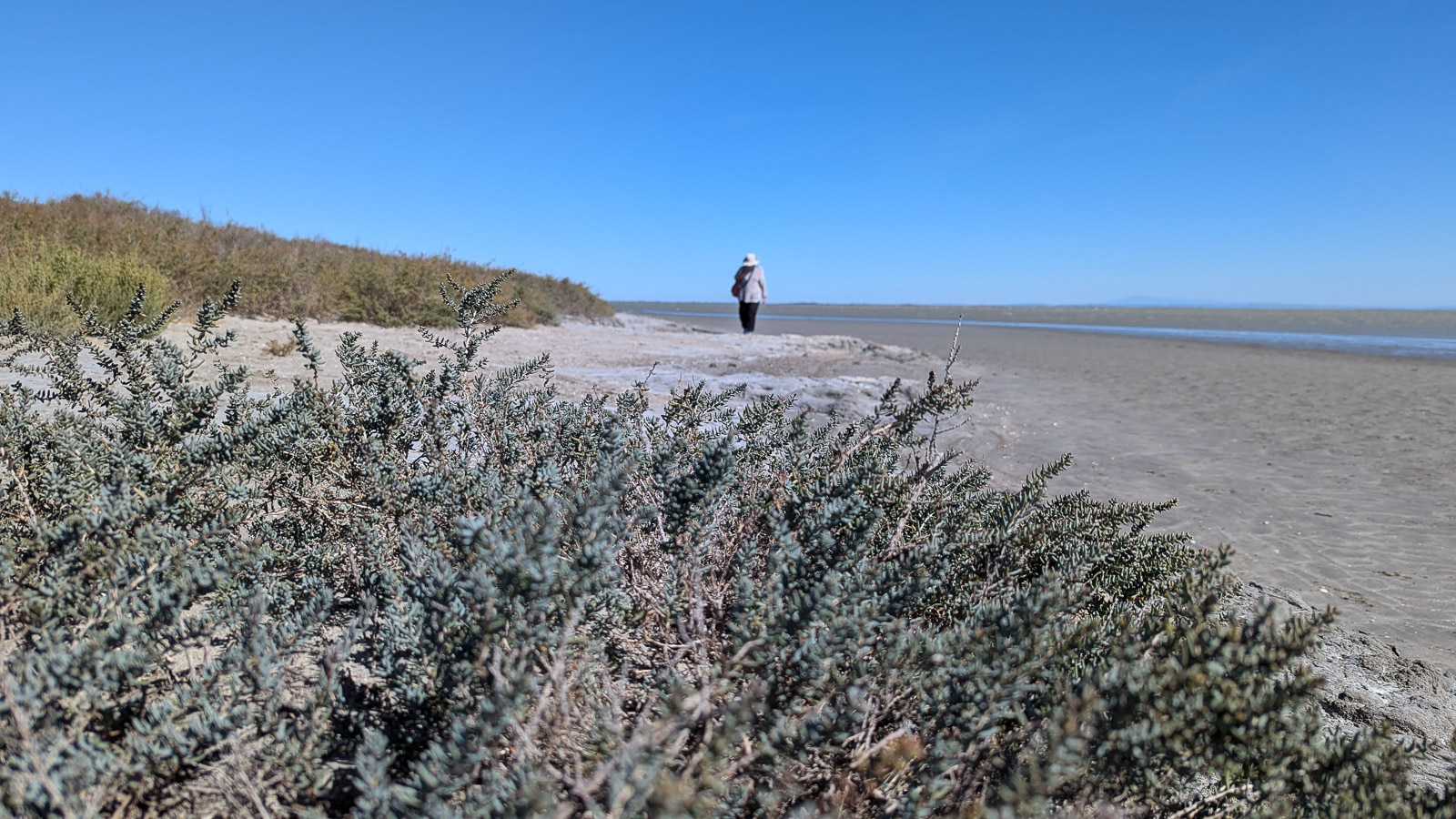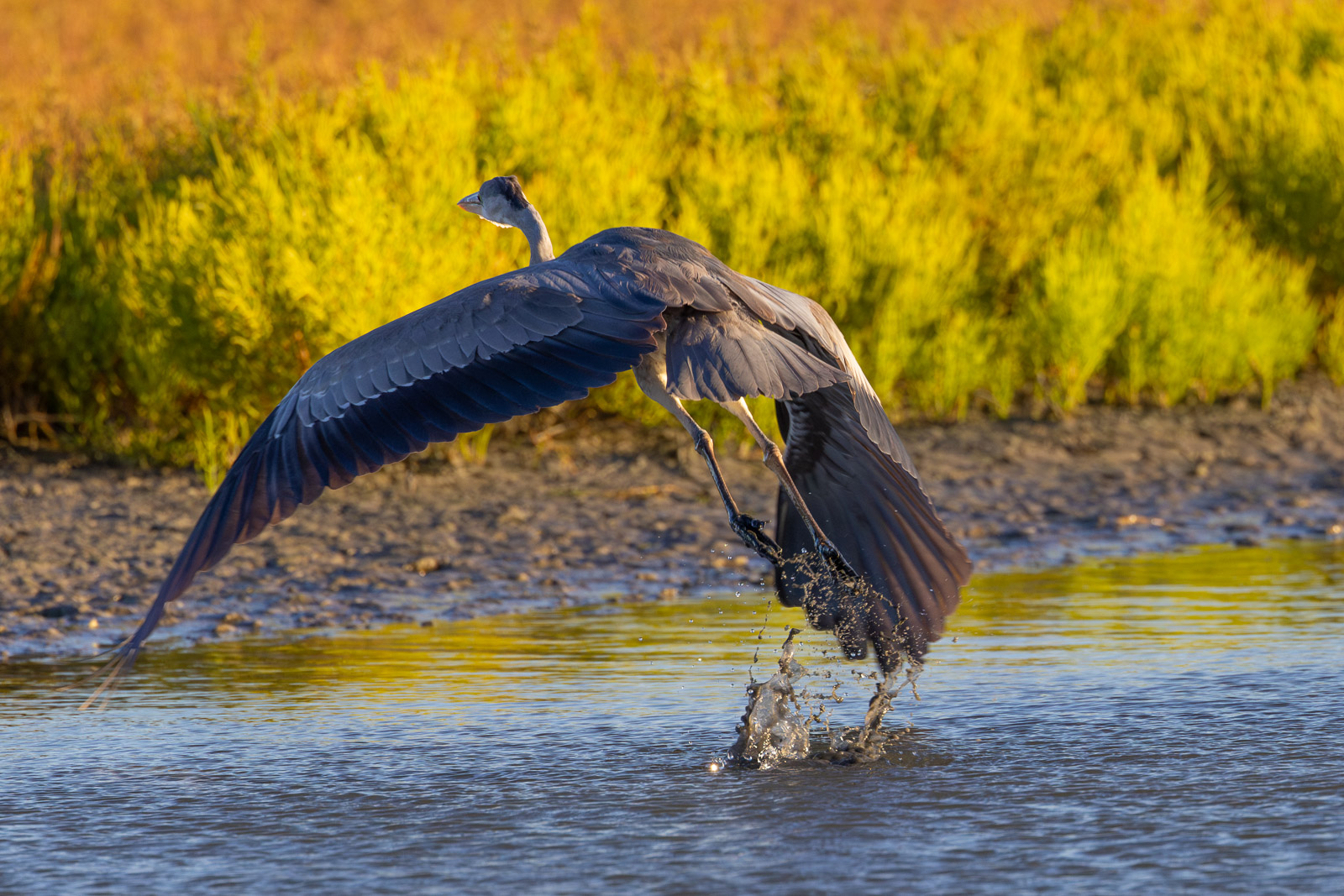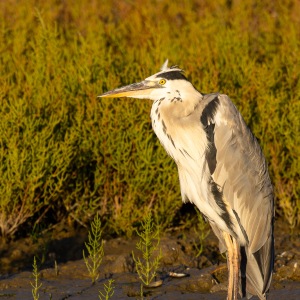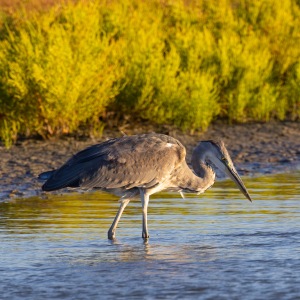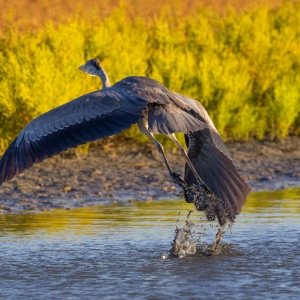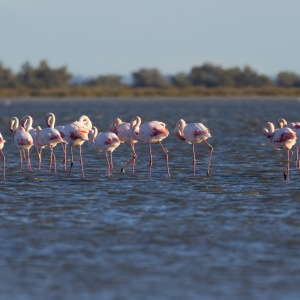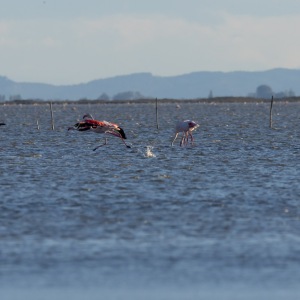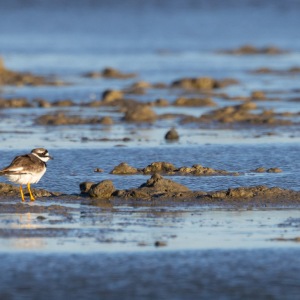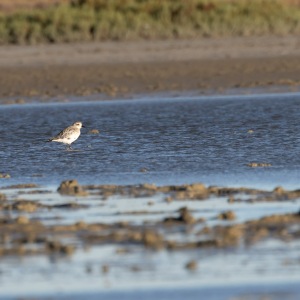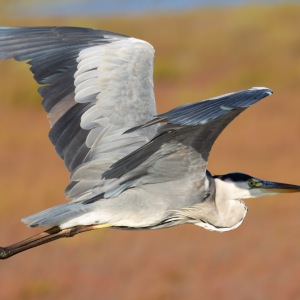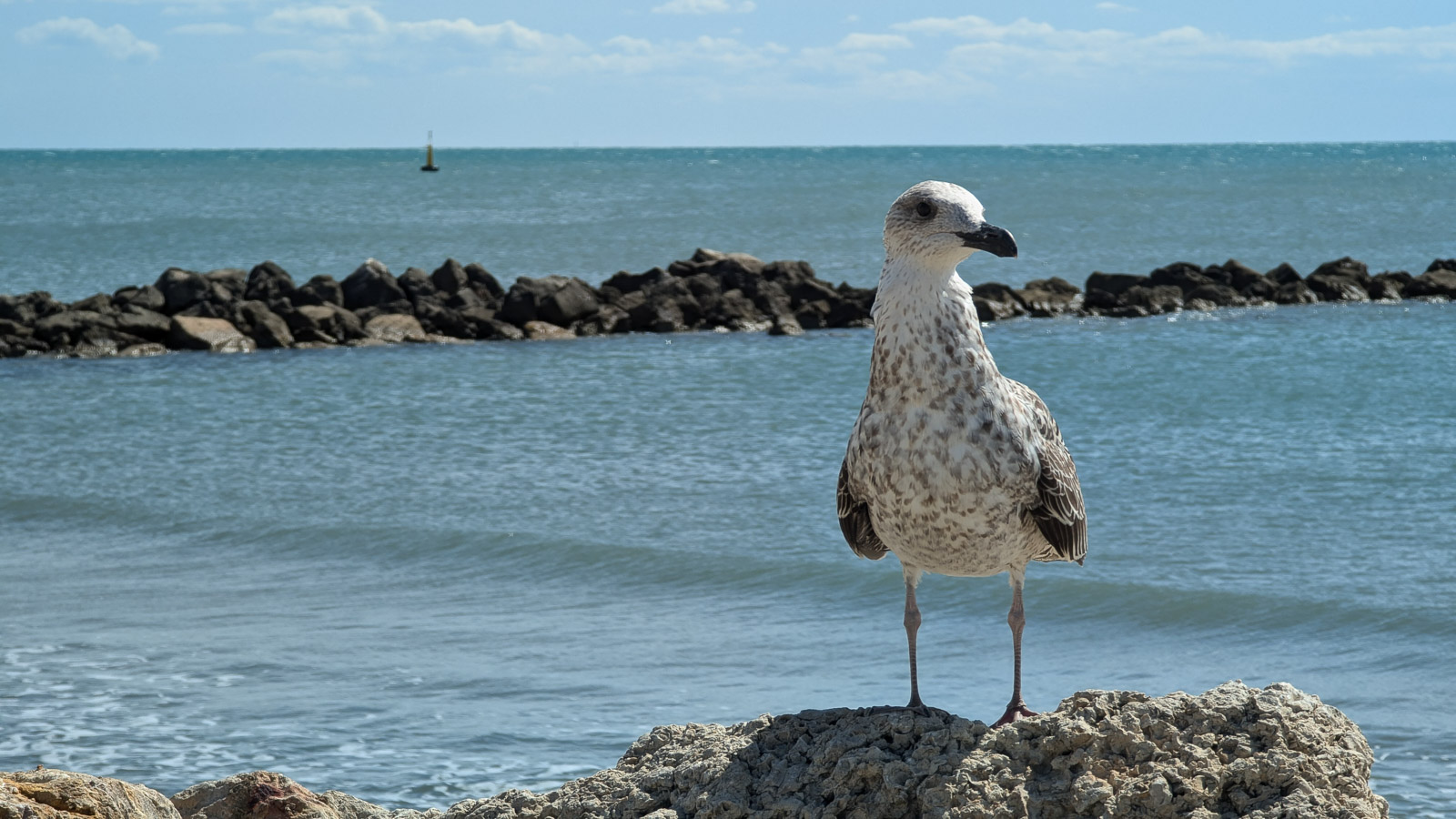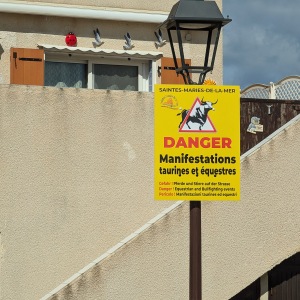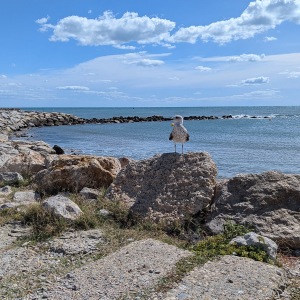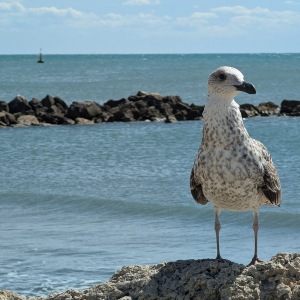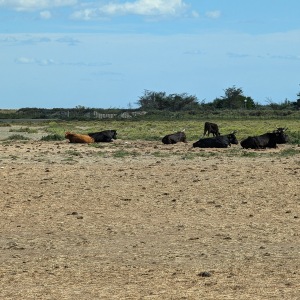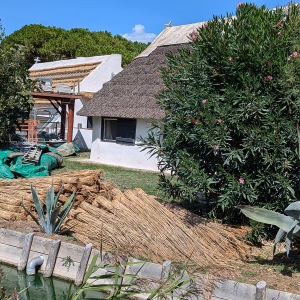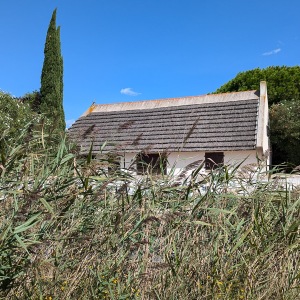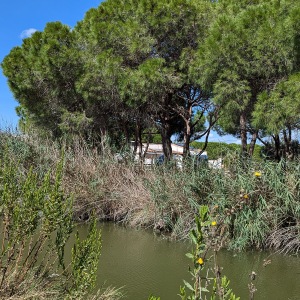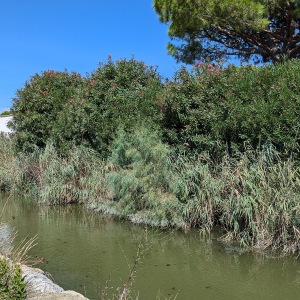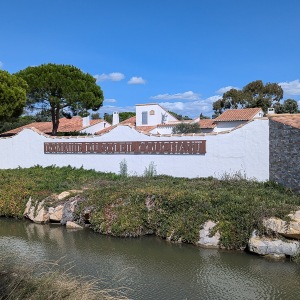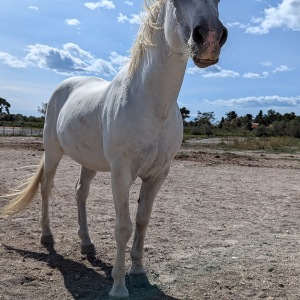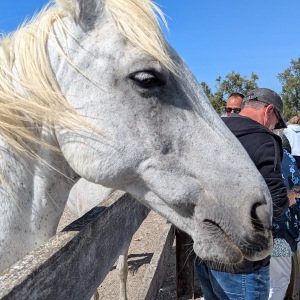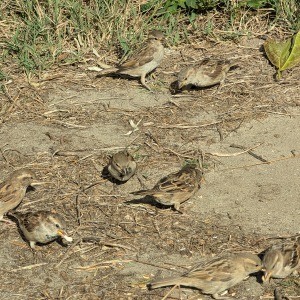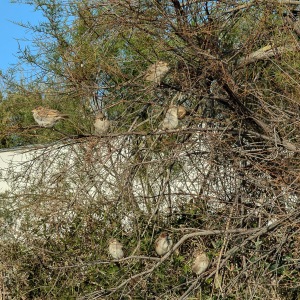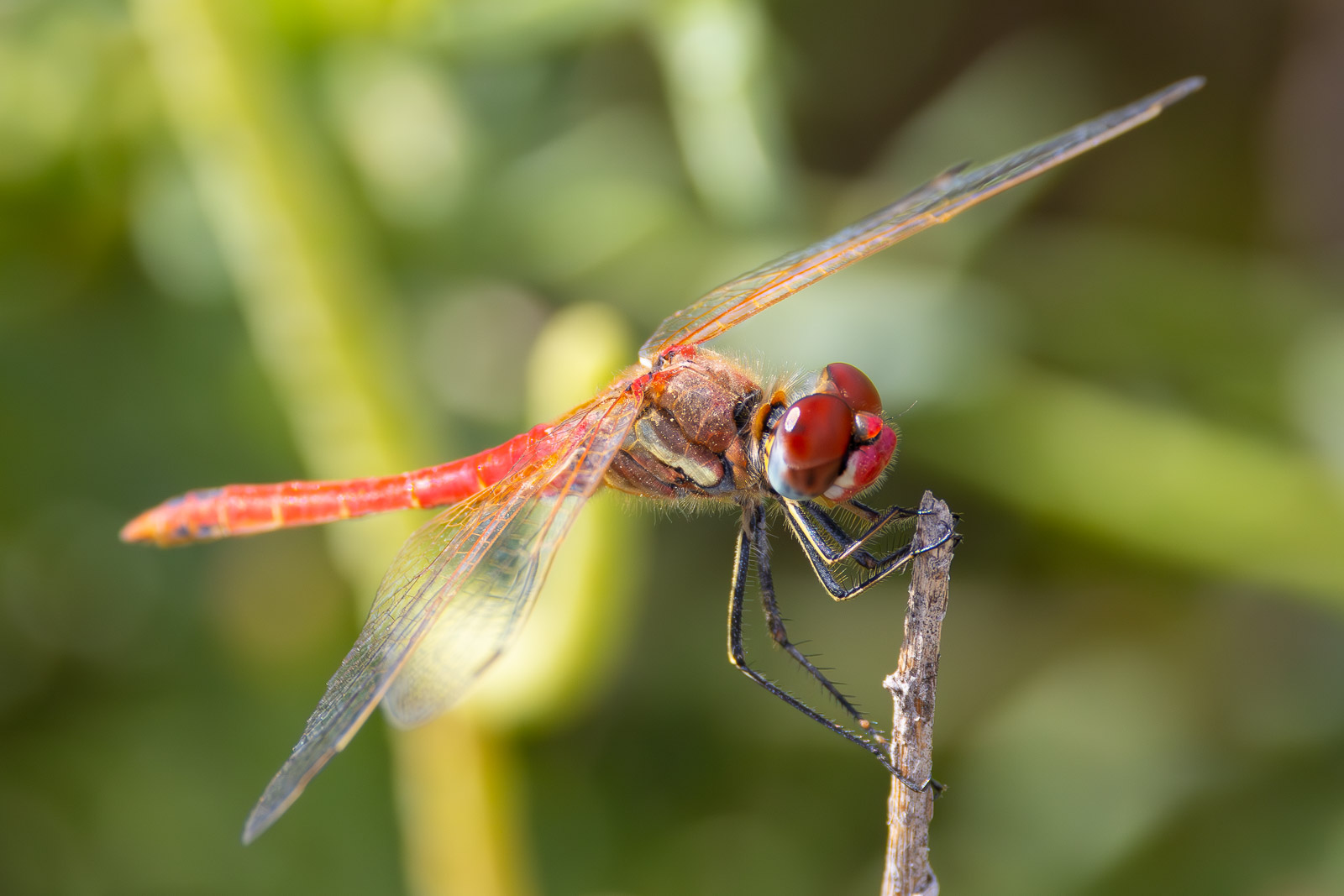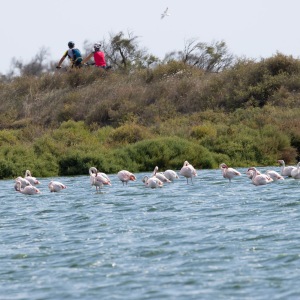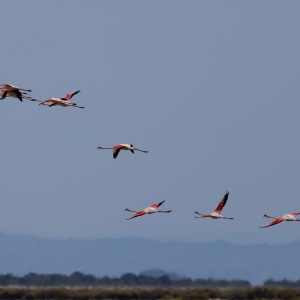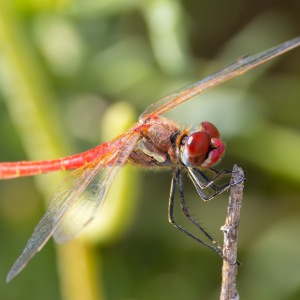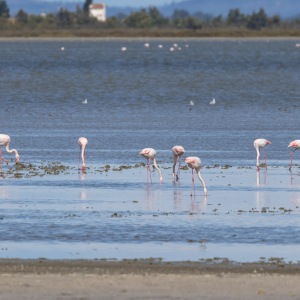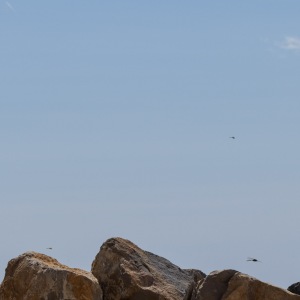Welcome to our little home on the net. We are Steve & Rosemary and live in Buckinghamshire, UK. This is a blog of our life, sometimes interesting, but mainly boring. It is very picture orientated as Steve loves to take pictures, especially of wildlife. Sometimes he has his arm twisted by Rosemary and takes the odd snap of a weed.
Looking for Foxes 7
After a disappointing spring looking for foxes, and a busy summer travelling, there were very few sightings of foxes, Now back at home, we decided to put out the cameras again. Not much to report, a fox, rabbits, randy pigeons, cat and a muntjac deer. It is a start, as we search the garden for the best position to set the cameras.
French Camping 2024, Day 29 Home
19th September 2024
Early rise at 7 today to do the final packing up before driving home. Never seen the shower block so busy, everyone was there, also preparing to move on. At this time of year this campsite is a stop point for all the Dutch and Germans heading home or driving to warmer climes. It fills in the evening at 5.00 and empties by 9.00 in the morning.
We were off home before 8.00 and drove non stop to Calais, caught an earlier trip under the channel than we had booked. Took the wrong decision and travelled around the Southern part of the M25. Alas there had been an accident and delay.
French Camping 2024, Day 28 La Liez
18th September 2024
Today we drove to a supermarket in Saints Geomes to do our last minute shopping , basically 3 litres of Ricard at £18.00 a go. The E.Leclerc was large, and there were various other specialist E.Leclerc outlets on site. The carpark was being newly painted, the isles in the shop where wide and airy. All seemed positive, but there seemed to be a lack of the items we wanted. Saints Geomes also has a dedicated E.Leclerc drive a mile away. Saints Geomes does not warrant such a large supermarket, it is not much bigger than a large village, but then I suppose there is not much around other than small villages. While here we bought the local cheese called Langres.
Afterwards we headed to one of the four lakes nearby, La Liez. A man-made lake for water supply. It did have some water sports and fishing, but this was all closed for the season. We ate our lunch in the sun and went for a walk along the lake. The water sports are sailing, water skiing and some huge plastic island runways set up in the lake for kids to run and play on.
After a walk along the lake, we wandered back to the car and to the campsite where we did our initial packing before going home.
French Camping 2024, Day 27 Langres
17 September 2024
Should be a sunny day today, but it was not quite as good as it had been hyped up to be. We thought we would do a walk to a local site of ‘Escargots de Cohons’. Unfortunately, the footpaths where my Outdooractive map wanted to take us were overgrown and impassible. So, after 20 minutes we gave up and headed back to the campsite.
We now drove into nearby Langres, which is a fortified town.
Langres was only a 9-minute drive up North, first through the town of Saints-Geosmes, not much there to keep one, and then to the town itself. At first Langres did not impress, we drove though some terrible derelict army barracks type buildings. Some of which looked disused and about to be knocked down, and others repurposed for the Gendarmes. It looked more like a prison.
We arrived near a carpark, parked, and realised we now had just reached the main town of Langres. We searched google maps for sites to see and visited a few notable sites. Lunch called, and most of the restaurants looked dismal (pizza, burger) and empty. There was one, in a small square, which was being dug up and repaved. Being lunch time, the workers were all sitting down eating. The restaurant we headed to was called Le-Foy. It seemed to have people in it. We headed there, but a notice on the door said it was full, as we tuned away, a waitress ripped down the notice. We headed in and had a simple, but pleasant lunch.
The rest of the day, we walked around the ramparts of this town, which is twinned with Beaconsfield in the UK. It was an excellent trip around. There was a restored rack and pinion locomotive, parked at the top of a foot bridge. This had been to enable passengers to enter the town from the railway below. One section of the ramparts had a plaque stating Beaconsfield was 372 miles away?
Further around we could see a statue, The Statue de la Vierge Marie de Langres on a small hillock in the distance.
Finally on completing the walk back to our van, we passed the Navarra Tower. There was a small campsite here. A beautiful place to stay, right in the town, with excellent views across the valley. Rather a public campsite, as tourists and locals are able to walk through.
Leaving the town wass a bit of a disaster. I made a wrong turn, ending up on narrow roads, with 320 degree turns, on steep hills.
Back at the campsite, we had a vey light supper, while the campsite yet again filled up with people on their one night stopovers.
French Camping 2024, Day 26 Saints-Geosmes
16th September 2024
Tongue felt a lot better today, so I was ready to travel.
We packed away and headed North, the wind buffeting us as we drove. Before I set off, for some unknown reason, I decided to check my tyre pressures, three were at around 3.3 bar, while the driver’s front tyre was at less than 2 bar. Oops what had happened? A puncture? But I could see no obvious suspects. Pumped up the tyre to 3.3 and we headed off. I stopped at a layby after an hour’s driving to check the pressure. Seemed to be fine.
We continued on, and after a few more hours stopped again for lunch and to check the tyre. It still seemed to be OK.
By the by, when I refer to the van’s willy, I mean the drainpipe from the built-in sink. Not sure what else to call it.
The drive was long, there were some roadwork delays that google at one time put in as 20 minutes, thankfully our short stops and long trip allowed for these delays to disappear as we progressed. Lyons was its usual crapness, especially in the bit where the road goes under several buildings.
We arrived at our destination, Camping de la Croix d’Arles near to Saints-Geosmes, in the late afternoon. Checked in for three nights and found ourselves a plot near where we had camped previously. But, oh no, the loos and showers near us had been closed, so we had to walk more than 240 steps to the open sanitaire block. Luckily the nearby sanitaire had ample washing-up sinks. The restaurant was closed, as was the chip van.
Quite a few Dutch and Germans arrived after us, all staying one night as they were travelling. I presume home.
Ordered bread and croissants for tomorrow.
Supper was cooked, the remainder of the roasted chicken we had a couple of nights before.
The weather was a little breezy, but not too much, allowing us to put up the small awning.
French Camping 2024, Day 25 Saintes-Maries-de-la-Mer
15th September 2024
Reckon the mice could still be getting in by jumping up and clambering up Morrison’s willy. So, I pushed it up higher. This seems to have cured the problem, as no more mice caught during the day or night.
Today we walked across the saltmarsh. Interestingly the water level was higher, and possibly had been higher in the hours before. Where we had walked on previous days, was now flooded. They must have been letting the Rhone flood into the area. Not much was happening, several groups of horses were trekking around the landscape, catching up on the previous day. Yes, today was still windy, but not as bad as yesterday.
While we were sitting outside the van in the afternoon, drinking beer, I managed to drink down a wasp which had inveigled its way to my beer bottle. It stung me on my tongue, prompting me to spit out the beer all over the vans foot step. R was not impressed. She leapt for the Epipen, but, hey, that’s an injection! Instead, I ate a couple of anti-histamines and spent the rest of the afternoon and evening being really miserable. No supper for me tonight, but i did think a JD & coke would help anaethetize my poor tongue. R said, unhelpfully, that I sounded like a bad imitation of Sean Connery, ie rather shlurry.
French Camping 2024, Day 24 Saintes-Maries-de-la-Mer
14th September 2024
After our mouse-disturbed night, we did a little investigation, and moved the van away from the hedge, leaving several feet for mice to cross from the hedge. We also removed the plastic bucket from under the van’s willy. The bucket was broken and leaking, and we had put a large plastic bag (13K birdfood size) in the bucket to collect the water. This was touching Morrison’s willy and could potentially allow mice to climb up to the water outlet and through the gap in the floor under the van. This may have been the way the mice were entering.
Walked into town, found a hardware store and purchased two traditional mouse traps. These were baited, one placed on the floor and the other in a cupboard.
We went for a walk on to the beach where we were sandblasted. Not at all pleasant. So, we walked home and there was one mouse trapped on the floor, and another in the cupboard.
These were disposed of and trap reset. Shortly after the trap in the cupboard sprang, we heard a clattering and a squawking mouse, but it escaped.
This is when we then reconfigured the location of the van and discarded the waste bucket. No sign of mice at present. Let’s hope for a peaceful night.
Spent rest of day reading and had a precooked chicken for supper as a salad.
Wind has dropped a bit, we shall wait until tomorrow and decide on what is best to do. Most of France appears to be in the doldrums, other than this strip from the Haut Savoie to us where it is windy.
Looks like the heating at home turned on for a short period of time at home on 13th. Must be getting cold there.
Still not quiet on the mouse front, one more was caught early in the night, making a total of 5.
French Camping 2024, Day 23 Saintes-Maries-de-la-Mer
13th September 2024
Another cold, windy day. Sun was about. I was up early and walked out of the campsite to the marshes at 8.00am. Unfortunatley, without a long walk, 8.00am is the earliest you can get out, There are many dog walkers at this time, (frightening the birds) and the sun is already quite high. Quite a few herons and egrets were fishing along the ditch, The ones close to the sea were tame and never moved. The further away you get, the more wary they became, and it was impossible to creep up on them. Out on the lagoon there were some Flamingos close to the shore, but as I approached they moved away. Not a very successful birding drip.
Walking back along the fence, the numerous dragonflies patrolling the fence had been replaced with house martins / swifts / swallows. They were gorging themselves on dragonflies in the lee of the fence.
R was doing the washing and was having difficulties paying, so I rushed back. Then a call she was successful and had paid by contactless, Why does she insist on plugging the card in and tapping the number. It is not more secure. Mind you a washing machine that needs a credit card for payment, is new to us! Later we went back to put the washing into the tumble dryer.
After washing and drying we walked into town, visiting the Friday market. Lots of tat and knives on sale, along with vegetables, salt, chicken, cheeses and meat.
Buying nothing we started a search for a restaurant. Using Google maps we did a compromise on Google ratings, the food type, and whether anyone was eating there today.
We in the end chose the ‘La Cour’ where we had Ricard, pink wine, baked mussels with cheese and a salad. R’s starter salad caused a bit of confusion, it was a main course salad so I also tucked in. Mains I had a bull steak, while Rosemay opted for a more veggie dish, while she muttered about leather handbags being easier to eat than bull. No puddings (no room!), but an espresso and a local Camargue Pastis each.
Back to the campsite, via the small supermarket for the next few days’ food.
Still windy. Noticed some food bags in the van had been chewed. R said this was friction wear in travelling. I was not so sure. We had also started to hear sounds from behind the sink. Tonight I spotted a mouse in one of the cupboards, but it rushed over the top of the back board and disappeared. Later I saw two mice come out from under the fridge. They disappeared quickly underneath again. Not good.
During the night we could hear then scrabbling around. The wind also rose, and eventually we dropped the roof down, so we could get some sleep. The other VW at some time during the night did the same thing. The wind on the Meteo France was gusting at well over 60k.
French Camping 2024, Day 22 Saintes-Maries-de-la-Mer
12th September 2024
R said it rained hard during the night. I had slept solidly throughout, so thought the rain had stayed away. We walked into town and wandered around the shops. Decided to go on the ‘train trip’ at 2.30. So bought some sandwiches and watched the gulls. The youngsters being persistent beggars.
At 2.00 the queue for the train trip was already there, we joined and got a place on the ‘train’. It was a 45 minute trip showing some of the town and the surrounding areas. First it took in the East side, showing us the area where the cattle were branded. Then it went to the west, down the road we drove in on. Eventually it cut across to the West, towards the Little Rhone. We passed by the traditional thatched houses. Stopped to pat and stroke the beautiful white Camargue horses. The houses in the area here looked to be quite prosperous, nice looking nearby restaurant.
Back to the town, following the road from the Little Rhone, and past the marina. Yes, it was a tourist trip, but it was interesting and showed us a side of the Camargue we had not known about or seen.
Back to the campsite, where we had supper, and it was very cold and windy.
French Camping 2024, Day 21 Saintes-Maries-de-la-Mer
11th September 2024
The wind was still strong from the North, but it was a little cooler today. The sky to the North was shrouded with thin clouds, which stopped at the sea border.
We went for a walk along the beach to the East. The marshes and lagoons were on our left. The lagoons were devoid of avian life, except for the very occasional Egret and a large group of flamingos on the furthest away lagoon.
We headed inwards and were surprised by the amount of glass. We came to the conclusion that much of the land was reclaimed and built up from a rubbish dump, or dumping ground for builders’ waste. The odd circuit board was found along with old concrete.
Walked towards the main lagoon and had our Sad Gits conference call. Only us, Simon and Richard today.
Back then towards the campsite, lots of dragonflies around. Time for lunch.
After lunch went for a swim. Not many other people swimmimg. It was also clouding up. Despite the strong wind, the sea was calm, the wind coming off the land.
Quick walk to the shop to stock up some more beers.
Supper of duck and duck fat chips.
Rain started to spit as we went to bed.
